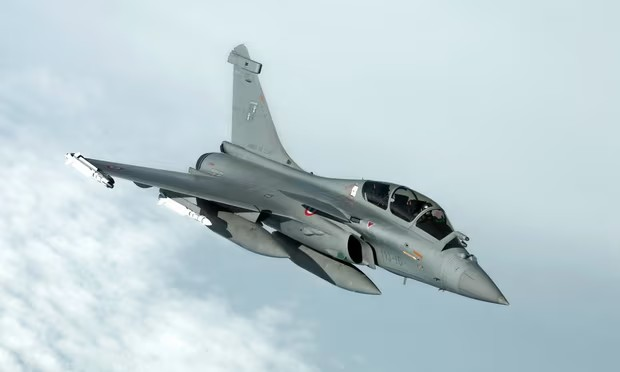French Armed Forces Minister Sébastien Lecornu expressed satisfaction with the results of the test of the modernised ASMPA-R medium-range air-to-surface cruise missile on Wednesday, Defence Blog reports.
A Rafale B fighter jet of the Strategic Air Force launched an ASMPA-R missile devoid of payload. A330 Phénix refuelling aircraft and Rafale B fighters took part in Operation DURANDAL over the country’s territory and faced simulated air-to-air and surface-to-air threats from the Air Force.
Lecornu also congratulated the Ministry of Armed Forces personnel and industrial partners involved in the project. The Directorate General of Armaments (DGA) tracked the MBDA-developed nuclear-capable missile from the Biscarros, Urten and Kimpera sites during the flight.
The test was an important milestone in France’s endeavour to maintain its nuclear deterrent capability, as outlined in the Law on Military Programming (LPM). The ASMPA-R modernisation programme, overseen by the DGA, has improved the missile’s performance to ensure the reliability of France’s airborne nuclear deterrent in response to evolving threats. This capability will be maintained until the next-generation ASN4G air-to-surface nuclear missile becomes available, which is scheduled for 2035.
The French nuclear missile ASMPA-R (Air-Sol Moyenne Portée Amélioré) is a strategic air-to-surface missile designed for delivery by French Air Force aircraft. It is also a critical component of France’s nuclear deterrence strategy. With a range of over 500 kilometres, the ASMPA is capable of carrying a variable yield nuclear warhead, allowing for flexible targeting options. Its advanced design incorporates partial stealth features to evade enemy defences, enhancing its survivability during flight. A combination of inertial navigation systems and GPS technology controls the missile’s accuracy.
